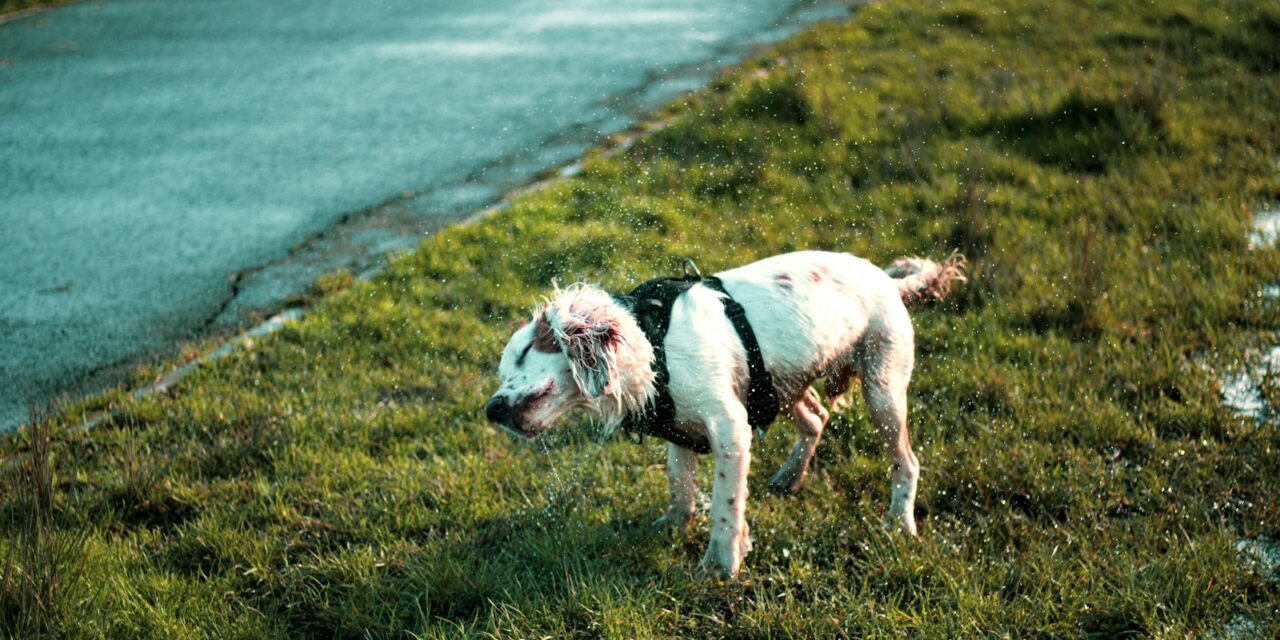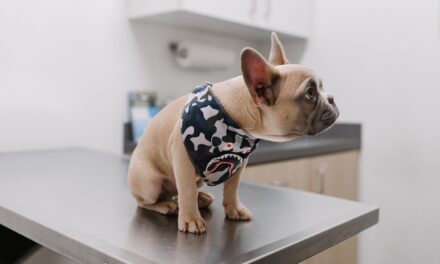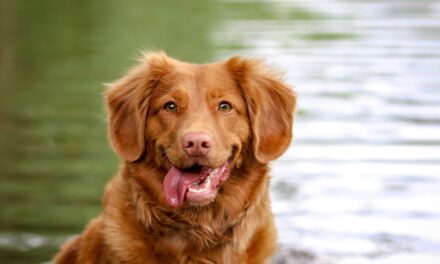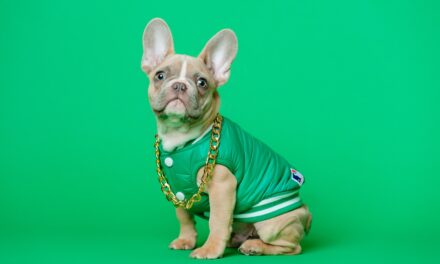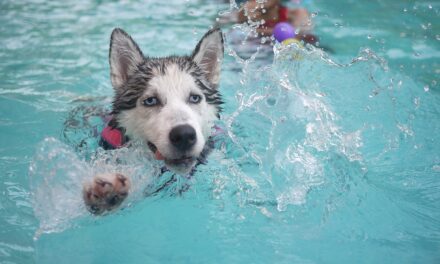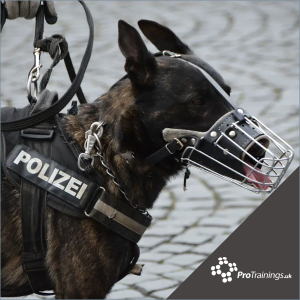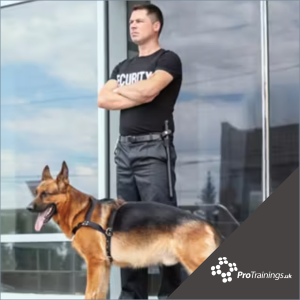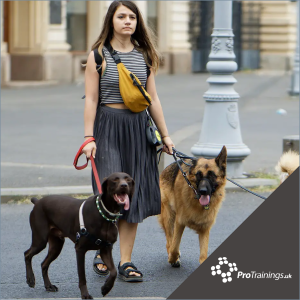The Kennel Club and Agria Pet Insurance are warning about the increasing risks posed by grass seeds, which have become a leading cause of injuries during the warmer months.
According to new research released by The Kennel Club and Agria Pet Insurance, 80% of all grass seed-related injury claims over the past year were made during late summer and early autumn, specifically in September and October. Almost a third of these claims occurred in those two months, signalling a notable rise in incidents as the weather warms up.
Grass seeds, particularly prevalent in meadows and woodlands, are a common hazard for dogs, especially those with long or hairy fur around their ears and paws. Resembling tiny arrowheads, these seeds can easily attach to a dog’s fur and work their way into the skin, causing severe discomfort and, in some cases, serious injuries. The most commonly affected areas include the paws, ears, and nose, with some cases resulting in infections or complications that require surgery.
The Hidden Dangers of Grass Seeds
The Kennel Club and Agria Pet Insurance have highlighted the growing number of cases of grass seed injuries, urging dog owners to be vigilant. Grass seeds can cause discomfort when lodged in a dog’s fur, and if not removed promptly, they can burrow into the skin, leading to serious health problems. This is particularly concerning for breeds with dense or long fur, which makes it easier for seeds to remain unnoticed until they cause an injury.
Robin Hargreaves, Senior Veterinary Advisor at Agria Pet Insurance, emphasised the seriousness of grass seed injuries: “Grass seeds might seem harmless but they can be very dangerous if left untreated, and cause a lot of pain and discomfort to your dog. It’s important to always check over your dog after walks in meadows, woodlands, or any green area, and if you think they might be affected, contact your vet immediately.”
Owners are advised to check their dogs thoroughly after walks, especially in grassy or wooded areas. Some common signs of grass seed injuries include head shaking, paw licking, visible discomfort, lethargy, swelling between the toes, or wounds on the feet.
Mollie’s Story: A Cautionary Tale
One example of the hidden dangers of grass seeds comes from a Cocker Spaniel named Mollie, whose story serves as a reminder for dog owners to be extra cautious. Earlier this summer, Mollie’s owner Claire took her dogs for a walk through cornfields in Norfolk. After returning home, Mollie developed a persistent cough. Despite visiting the vet and receiving painkillers, Claire suspected something was wrong and took her back to the vet after she nearly collapsed.
A CT scan revealed that Mollie had inhaled three grass seeds, which had punctured her lung, resulting in serious internal damage. Mollie required surgery and spent four days in intensive care. Although her lung capacity is reduced, she is expected to make a full recovery in time. Mollie’s experience highlights the potential severity of grass seed injuries and the importance of early detection and treatment.
Claire shared her relief at trusting her instincts: “Although the vet initially didn’t find anything wrong, my gut told me otherwise – Mollie’s cough was so distinctive, so I’m very thankful that it rang alarm bells now. She’s lost a lot of weight and muscle, so we’re now feeding her up, and she’s on a month of short-lead walks. While we will take extra precautions from now on, we hope Mollie can continue to live life with the utmost joy.”
How to Protect Dogs from Grass Seeds
The Kennel Club has provided a list of symptoms dog owners should be aware of, including head shaking, licking of paws, visible discomfort, lethargy, pain, and swelling between the toes. Early detection of these signs can help prevent serious complications.
In addition to regular checks after walks, it is recommended that owners of dogs with long fur trim the hair around their paws and ears during the summer months. This can reduce the likelihood of grass seeds becoming lodged in these areas. Furthermore, using a fine-tooth comb to inspect a dog’s fur can help catch seeds before they cause harm.
To minimise the risks of grass seed injuries, The Kennel Club advises to avoid long grasses and fields where these seeds are common, especially in late summer and early autumn. If an owner suspects their dog has been affected by grass seeds, they should seek veterinary advice promptly to avoid infections or more serious health problems.

